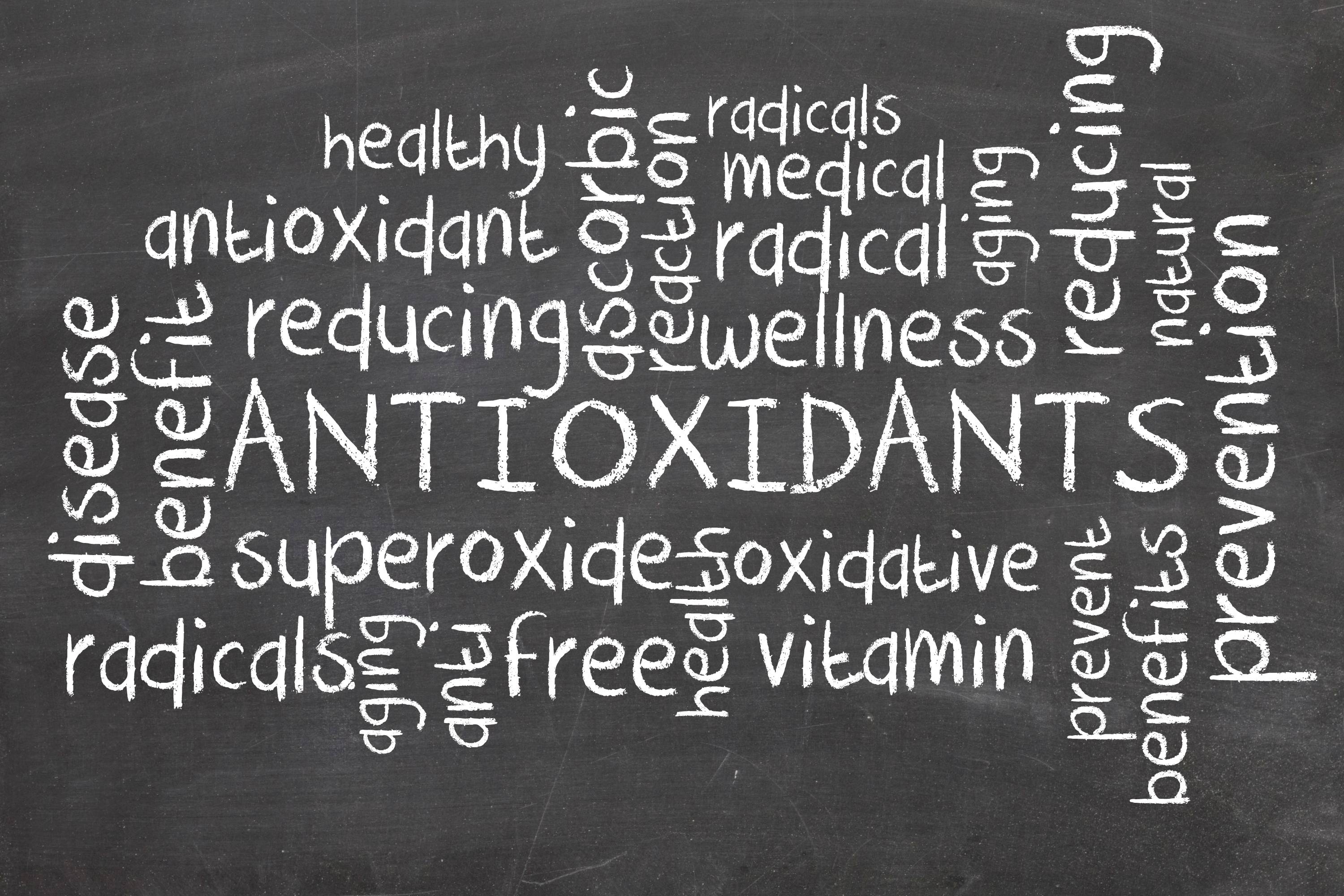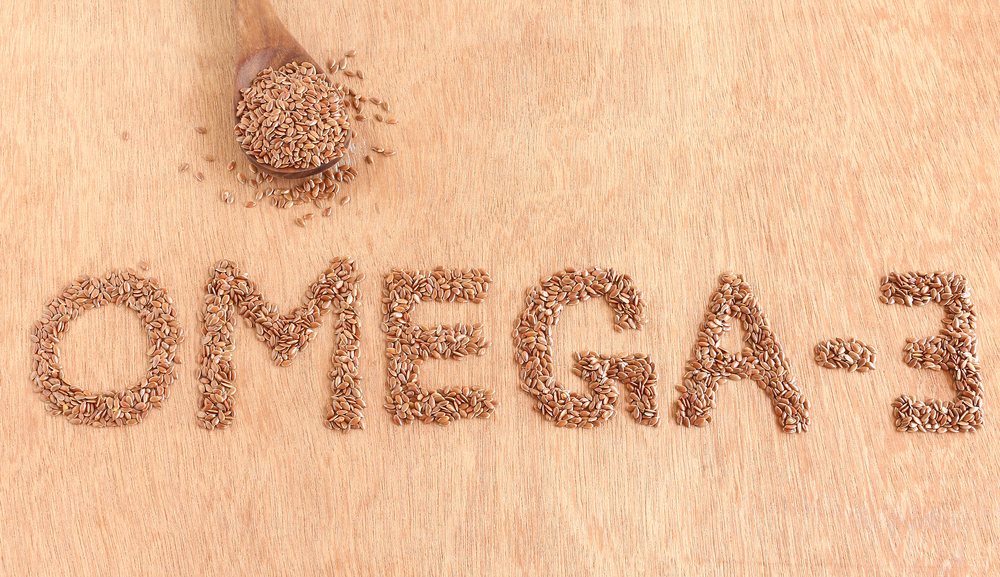Our bodies are battlegrounds against infection and diseases. Normal body functions such as breathing or physical activity and other lifestyle habits such as smoking produce harmful molecules called free radicals that attack healthy cells. Oxidative stress occurs when the production of free radicals is beyond the protective capability of the antioxidant defenses. Antioxidants help to neutralize free radicals, oxidizing them so they cannot do damage to the body. This is done by preventing the scavenging of free radicals so they do not cause oxidation of the cells in the body.
While many people are very aware of antioxidants and the story of how they help to fight free radicals and oxidative stress, many of these same people do not understand the story behind the differentiation of antioxidants. The major misconception behind antioxidants is that they are all the same and that each variation is “just another antioxidant”. Luckily for all of us, nothing could be further from the truth and all antioxidants are not created equal.
The major error that people make when evaluating antioxidants is combining them into one big category. The correct way to evaluate antioxidants and which are right for you is to look at them the same way you view vitamins. We all know that vitamin A, various b vitamins and vitamin C all do very different things. This is the same concept and level of understanding that needs to be utilized when evaluating which antioxidant is necessary for you. The key to determining which antioxidant is right for you is to remember there is no antioxidant that does everything and focus on your specific area of need.
There are many antioxidants available but here is a breakdown of some examples to further illustrate the point.
Pycnogenol®– Derived from the bark of the French maritime pine tree, Pycnogenol is the most clinically researched and potent bioflavonoid. This natural combination of procyanidins, bioflavonoids and organic acids has been shown to enhance the effects of other antioxidants, stimulate the production of antioxidant enzymes inside cells, boost the immune system, and support cardiovascular health.
Astaxanthin– A carotenoid that is found primarily in salmon, crab, krill and lobsters. Astaxanthin is often referred to as the anti-aging antioxidant because of its
many unique properties. It has been shown to increase strength and stamina while reducing recovery time, reduce eye strain and fatigue, support overall cardiovascular health, and improve skin quality.
Vitamin C– A vitamin and antioxidant that is found naturally in fresh fruits and vegetables. Vitamin C is one of the world’s most recognizable nutrients as a result of its widespread use. It is known to reduce inflammation, improve mood, provide resistance to infections and protect the skin from UV damage.
Lutein– A carotenoid that is found primarily in fresh fruit and vegetables. Lutein has the capability to improve the hydration and elasticity of skin, plays and important role in eye health as we get older, and has been shown treat and prevent macular degeneration.
Coenzyme Q10– Belongs to a family of substances called ubiquinones and is found in every cell in the body. CoQ10 is essential to activating enzymes and is involved in mitochondrial energy production (ATP). It has been found to maintain brain health, support the immune system and promote cardiovascular health.
The role of antioxidants is to neutralize free radicals from doing damage to your body. However, it is important to remember that one size does not fit all and no single antioxidant will do everything. Because of this, each antioxidant has a defined role and “specializes” in a specific area of health. Everything from cardiovascular and eye health all the way to immunity and the effects of aging can be addressed with the incorporation of the right antioxidants into your daily routine.






Comments (0)